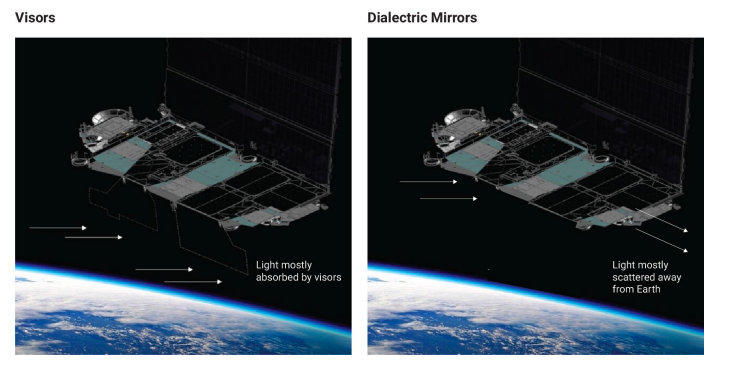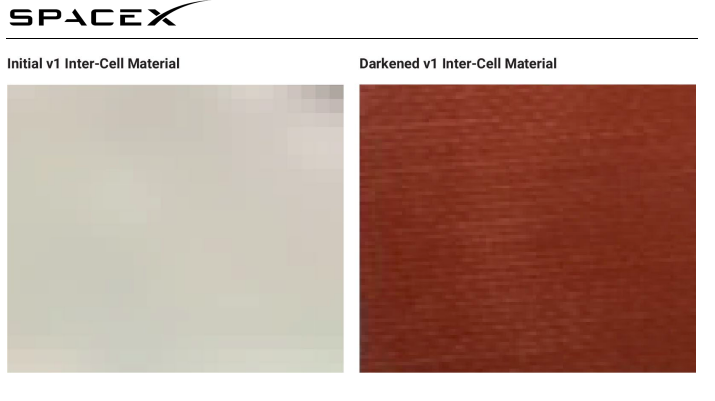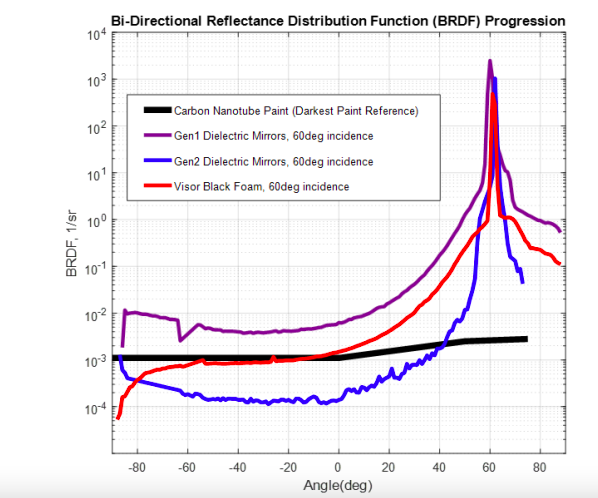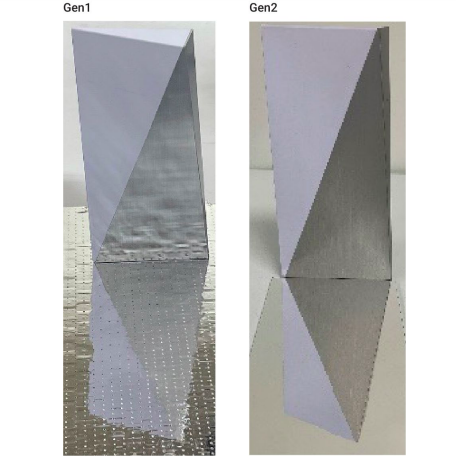SpaceX shared how it’s making its Starlink satellites less bright. The space exploration company published a document titled, Brightness Mitigation Best Practices for Satellite Operators that outlines how it’s working with the astronomy community to reduce light pollution.
New document from @SpaceX https://t.co/aI17WdaqrF
explaining what they have been doing to make their satellites less bright.
I applaud SpaceX for their work on this (and for making the document public), while remaining concerned to see how bright the Gen2 Starlinks end up being— Jonathan McDowell (@planet4589) July 29, 2022
SpaceX has been criticized for the brightness of its Starlink satellites by astronomers. Elon Musk and the team at SpaceX not only listened to the criticism but are actively responding to it by collaborating with the astronomy community to solve the issue.
SpaceX Is Making Starlink satellites Invisible to the naked eye.
SpaceX noted that through the collaboration, it has identified and mitigated the key causes of satellite brightness. The company is working on making the satellites invisible to the naked eye when they are at their standard operational altitude.
If satellites are illuminated by the sun at night, they can be visible to observers from the earth. However, the visibility of any satellite depends on the materials used for its surfaces.
Since satellites don’t emit their own light, the brightness results from natural sunlight scattering off of the satellites’ surfaces and reflecting down to earth. The light can scatter in two different ways: specular or diffuse.
SpaceX is focusing on specular scatter

SpaceX is investing in specular surfaces. Specular light is reflected at a single angle just like a mirror. Diffuse light reflects from many angles. The image above shows the difference between how specular light scatters and diffuse light scatters.
SpaceX noted that not all materials are highly reflective and some can be absorptive or make the light that is reflected much less bright.
SpaceX’s satellites are visible from the ground in two ways.
- Sunlight scatters off the main body.
- Sunlight scatters from the solar arrays.
To solve this, SpaceX adopted mitigations for both problems for its current, first-generation satellites.
Sun Visors and RF-Transparent mirror films

Sun Visors
For the first-gen satellites, SpaceX developed sun visors that block sunlight from hitting the bottom side of the chassis (body of the satellite.) They were made from materials that engineers developed to be invisible to radio frequencies.
However, the sun visors blocked the laser links that SpaceX uses to expand coverage to remote regions of the world. Additionally, the visors generated significant drag on the satellites. So, SpaceX determined that the sun visors weren’t a long-term solution.
RF- transparent mirror films.
SpaceX developed RF-transparent mirror films as an alternative to the sun visors. The film scatters most of the sunlight away from the Earth. SpaceX said that it has been improving its mirror films to scatter less light back to the earth.
It plans to deploy a new and improved version of the film on its next-generation satellites.
Inter-cell backing material

Another change that SpaceX made to its first-gen satellites involved the inter-cell backing material. The material was initially white but SpaceX changed it to a dark red that reduces the arrays’ brightness.
The downside is that the darkening of the material increases the temperature of the solar array which reduces performance. However, SpaceX will adopt many designs such as this one to reduce the brightness of the satellites.
Dielectric Mirror Film for Starlink satellites.
SpaceX noted that its second-gen satellite will add more capacity to the Starlink network; connecting more people in more places.
The second-gen satellites will use the following three advanced brightness techniques and I will dive into one of them: Dielectric Mirror film.
SpaceX will cover the bottom of the satellites with a second-gen dielectric mirror film. This version reduces the observed brightness ten times better than the first-gen film by using a Bi-Directional Reflectance Distribution Function (BRDF) metric.
You can see how the BRDF for decreases visibility in the chart below.

Credit: SpaceX
Through extensive research and iteration, SpaceX maximized the film’s specular scatter. The core of the film is a Bragg mirror that includes many thin layers of plastic that have a variety of refractive indices which create interference patterns internally to reflect the light.
It also allows radio waves to pass through with no issues. Protective layers of titanium dioxide and silicon dioxide were added to protect the film in thin, pure layers that don’t affect the film itself. Below is a comparison between the first-gen and second-gen mirrors.

SpaceX plans to offer the dielectric mirror film as a product
SpaceX plans to offer the dielectric mirror film as a product on the Starlink website. The reason is that SpaceX can not reduce the effect of satellites on space exploration by itself.
The film will be offered at cost and all operators will be able to use it to reduce the effect of their own constellations.
SpaceX will continue to work with the astronomy community
SpaceX emphasized that not only is the astronomy community’s work important but that it would continue to work with them to reduce the effects of all satellite operations.
“SpaceX is committed to connecting as many people as possible through Starlink, improving the lives of millions of people here on Earth.”
“As a space exploration company, SpaceX is a strong supporter of astronomy and the scientific community.”
You can read the full document here.
I’d love to hear from you! If you have any comments, or concerns, see a typo, you can email me at johnna@teslarati.com. You can also reach me on Twitter @JohnnaCrider1










